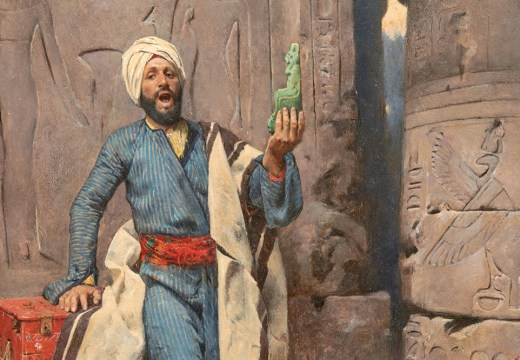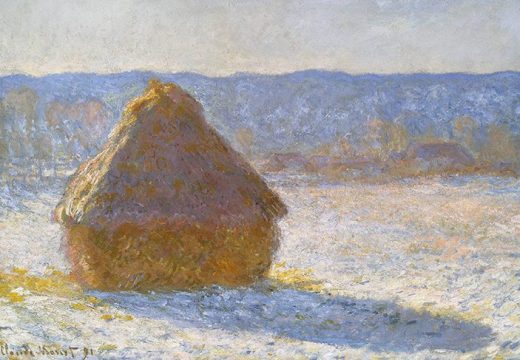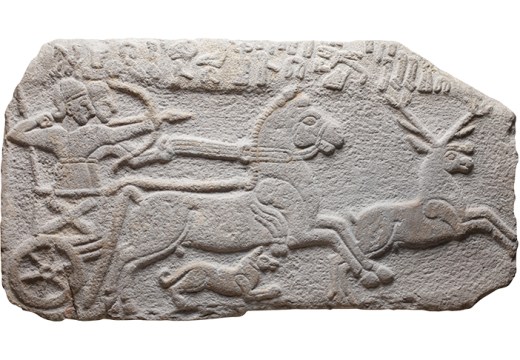During the 8th century BC, Nubia gained independence from Egypt and became the home of the Kushite rulers, in what is now northern Sudan. After reuniting Egypt with his kingdom of Kush, King Pianky became the first pharaoh of the 25th Dynasty (746–653 BC) and ruler of the Two Lands. The exhibition at the Louvre (28 April–25 July) covers the period from the fall of Tanutamun, the dynasty’s last ruler and presents a selection of spectacular artefacts from this period, such as stelae and granite statues and gold statuettes. Highlights of the show include the Osorkon Triad, a gold funereal amulet inlaid with lapis lazuli, and the Sphinx of Shepenupet. To coincide with the bicentenary of the deciphering of the Rosetta Stone by Jean-François Champollion, the Louvre will also show a large collection of hieroglyphs.
Preview below | View Apollo’s Art Diary here.

Osorkon Triad. Musée du Louvre. Photo: © Musée du Louvre, dit. RMN-Grand Palais/Christian Décamps

Aegis with the head of a lioness in the name of the King of Boubastis and Ranefer Osorkon IV. Musée du Louvre. Photo: © Musée du Louvre, dist. RMN-Grand Palais/Christian Décamps

King Taharqa as an offering before the falcon god Hemen. Musée du Louvre. Photo: © Musée du Louvre, dist. RMN-Grand Palais/Christian Décamps

Sphinx of Chépénoupet. Egyptian Museum of Berlin. Photo: © BPK, Berlin, dist. RMN-Grand Palais/Jürgen Liepe

Copies of the seven statues of the 5 Napata pharaohs (Taharqa, Tanouétamani, Senkamanisken, Anlamaniet and Aspelta). Photo: © TrigonArt Ingenieurbüro/Thomas Bauer
Unlimited access from just $16 every 3 months
Subscribe to get unlimited and exclusive access to the top art stories, interviews and exhibition reviews.














![Masterpiece [Re]discovery 2022. Photo: Ben Fisher Photography, courtesy of Masterpiece London](http://www.apollo-magazine.com/wp-content/uploads/2022/07/MPL2022_4263.jpg)
Has the Fitzwilliam got its rehang right?